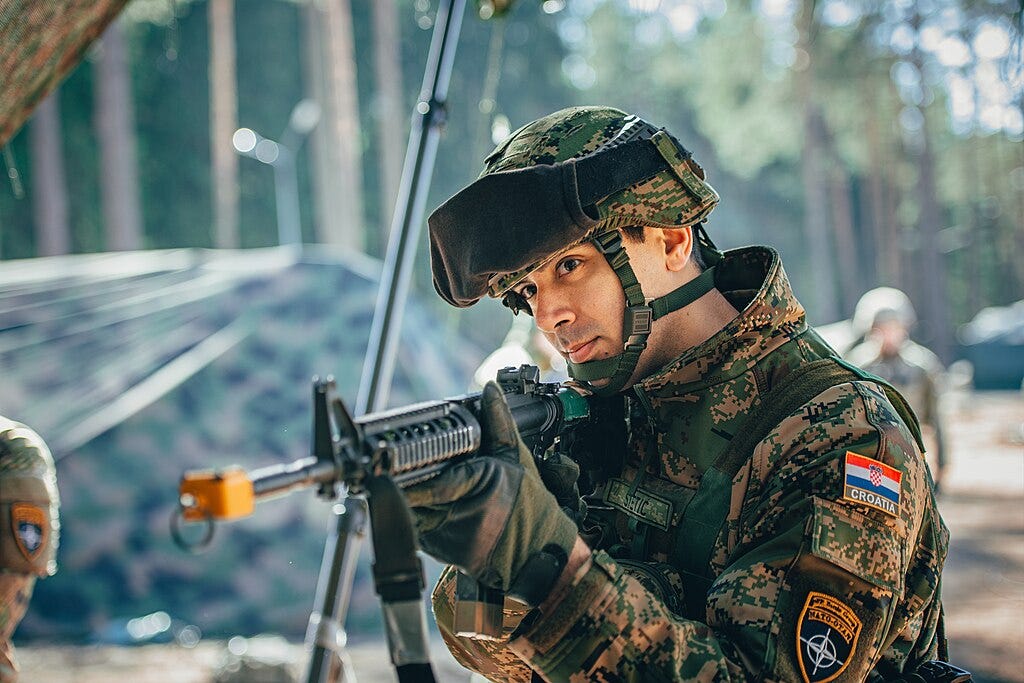Is Europe Ready to Send Troops to Ukraine? Plans Are Now ‘Precise’—And Real
Talk of troop deployments is no longer taboo—Europe inches closer to a threshold once thought untouchable.
For nearly two years, Europe’s red line seemed clear: weapons, money, intelligence—yes. Boots on the ground—absolutely not. But today, that firewall is eroding. In Paris, Warsaw, and the Baltic capitals, officials are speaking openly of “precise scenarios” for troop involvement. French President Emmanuel Macron recently said he would not rule out future deployments. Polish leaders have hinted they might act unilaterally if Ukraine were on the verge of collapse.
Why now? The battlefield arithmetic has shifted. Russian forces are regaining ground in the Donbas. Ukrainian manpower is stretched thin, while U.S. military aid has slowed amid Washington’s partisan gridlock. For Europe, the nightmare is a Russian breakthrough that redraws Europe’s map and undermines the credibility of NATO’s eastern flank.
Yet divisions remain profound. Germany, haunted by its 20th-century history and constrained by fragile domestic coalitions, firmly opposes direct deployments. Italy and Spain, preoccupied with economic strain and migration, are wary of escalation. And within NATO, Washington continues to draw a bright line: any allied “boots on the ground” risk direct confrontation with Moscow.
Still, the mere fact of the debate is extraordinary. For decades, Europe leaned on U.S. leadership for hard power. Now, out of necessity, it is contemplating its own. The conversation signals that the war in Ukraine has become an existential European question, not just a transatlantic one.
The risks are immense. Limited troop roles—such as training, logistics, or air defense—could blur quickly into combat. Moscow has already warned that any NATO soldier in Ukraine would be treated as a legitimate target.
Our Take: The line between support and intervention is narrowing. If Europe sends troops—even in modest roles—it may find itself stumbling into direct war with Russia.

